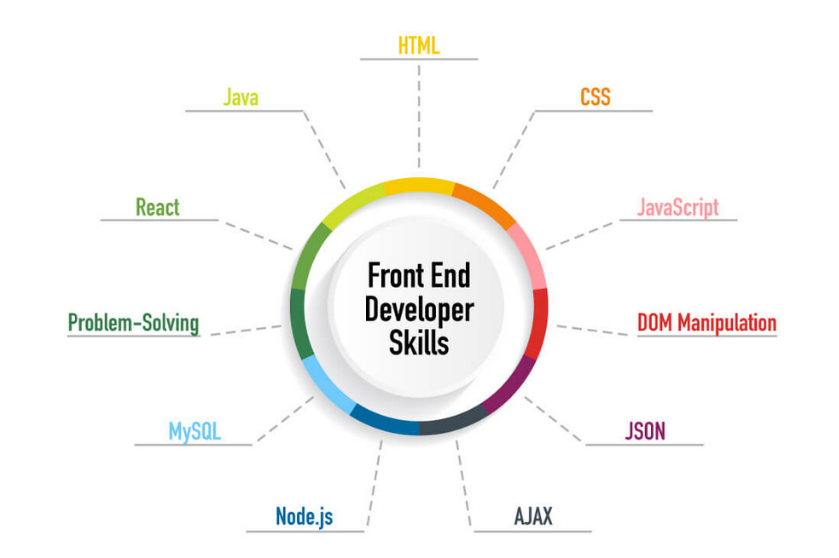
Template and Sample
Your resume is your chance to impress an employer with your skills and accomplishments. An industry-backed resume focuses on results, uses dynamic language, and appears organized, clean, and free of mistakes.
Here are templates and competitive samples that you can use to get started on creating your resume or CV. Simply save a copy of them so you can edit and adapt. Be sure to replace text in blue with your own, and follow the instructions in brackets when utilizing the templates. Remember these important notes:
- Include certifications you have obtained or that are “in-progress” (e.g., the CompTIA Security+ certification).
- Be sure to update your CV or resume once you pass your certification exam(s).
- Resubmit your CV or resume via your coursework LMS upon certification. This will ensure we have the most up-to-date resume on file for potential employment referral opportunities through our Industry Partnerships team.
Student Spotlight

Meet Nathaniel
- Cyber Boot Camp grad
- Background in customer service
- Strong networking
- Currently an entry-level network engineer
Nathaniel’s Story
Nathaniel worked with his Career Team to receive feedback on his resume, partnered with his Career Coach (CC) for coaching, and attended quite a few workshops and industry events. Only a few months after graduation, he secured a role as a network
engineer.
Cybersecurity Resume Criteria
Content
Heading includes all of the first-order information the employer needs.
- Include name, phone number, professional email address (not Hotmail, Yahoo, AOL, or university), city and state/province, and full hyperlinks to LinkedIn.
Summary section. Try to include at least 3-5 of the following:
- Title of role pursuing (do not identify as a student).
- Background experience that connects to the role you are pursuing.
- 2-3 technical skills and cybersecurity certifications and/or security clearance (if applicable).
- Years of related experience (keep below 10 years).
- Accomplishments, recognitions, and/or awards.
Highlight skills.
- Includes technical and cybersecurity skills sections. Ensure programming languages and/or technologies conform to standard spelling and style for the industry.
- Focus on industry-specific skills obtained in the program.
Projects
- Listed in reverse chronological order.
- Clearly outline your role and responsibilities.
- Describe the impact of the project, including its target audience and any notable data points.
- If applicable, include links to project summaries.
Experience clearly laid out with accomplishments highlighted rather than job duties.
- Experience listed in reverse chronological order, with job title, job description, company name, city and state/province, and dates of employment.
- If applicable, include previous IT experience.
- Start every bullet with an action verb; don’t use the same verb more than once.
- Cite accomplishments, recognitions, and/or awards (do not list job duties).
- Bullets are concise, direct, and listed in order of importance.
- Quantify work as much as possible, eg. “200 tickets closed per month”.
- Briefly define job role and team size where it gives context to the scope and depth of your work.
Education listed in reverse chronological order with locations and certification.
- Education listed at the end of the resume or CV unless you don’t have much experience or you have particularly relevant degrees.
- Include the program as the most recent item in education. List your completed program as a certificate.
Pass the applicant tracking system.
- Include standard heading titles (Summary, Technical Skills, Projects, Experience, Education).
- Spell out acronyms and abbreviations (abbreviated months are acceptable).
- Use bullets instead of asterisks.
- Avoid images, icons, or photographs.
- Avoid colored text.
- Avoid columns, tables, text boxes, and graphs.
- Use keywords that match the job description and align with required skills needed for each specific role.
Design and Format
Clean and Simple Design
- No template language or blank areas.
- Design does not get in the way of necessary text/content.
- Text fills the page without overcrowding.
- Balanced margins, between 0.5” – 1.”
- No more than one page if new to the field, two pages if have relevant experience.
- Make your name and headlines stand out.
- Few (or no) hanging lines (where just a few words take up an entire line).
Consistent and Professional Text
- Font size of 11 or 12.
- Consistent and professional font style. It’s okay to use different fonts for the headings and body. Professional font styles include: Arial, Calibri, Cambria, Georgia, Helvetica, Times New Roman.
- Consistent use of bold, italic, and underline; same bullet point style for all lists.
Correct Grammar, Spelling and Punctuation
- Consistent punctuation throughout.
- No grammar errors; no spelling errors.
- No personal pronouns (I, we, he, or she).
- Abbreviations or acronyms are not used unless necessary.
Easy to read and professional sounding tone
- No jargon, slang, or superlative adjectives like “great,” “good,” or “awesome.”






